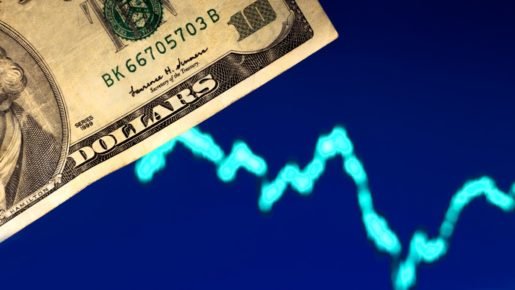The weekly report on initial jobless claims is set for release later this morning. Thus, since this often-overlooked piece of real-time job data first made a splash, that will mark the fourth week. Moreover, it alerted everyone to the catastrophe taking place in the United States labor market.
Wall Street economists are expecting that just under 5.5 million Americans will file unemployment insurance for the first time during the week ending April 11. In only four weeks, that will bring the total number of initial claims to over 20 million.
Jan Kozak is a Morgan Stanley economist. On Wednesday, he noted that while they believe the magnitude of increase in claims has moved past the peak, the cumulative number still rises. It is likely to reach the range of 25 million over the next few weeks.
Thus, there is a chance that initial jobless claims will start moderating over the coming weeks. In case that happens, the remaining picture of economic data is will only just beginning to get ugly.
In March, retail fell by the most on record. It dropped 8.7% from the prior month. It captured a decline in activity that only took hold halfway through the month. Moreover, March’s retail sales figures were flattered by a surge at grocery stores. Their sales rose 26.9% in March. Thus, some online consumers and retailers stockpiled ahead of expected shelter-in-place orders across the country.
On Wednesday, the analysts at Bespoke Investment Group spoke. They said that the scope of the dislocations in the March retail sales is really unlike anything you have ever seen in economic data.
More About Economic Data
Michael Pearce is a senior United States economist at Capital Economics. He said that widespread lockdowns only started around the middle of March. Moreover, the panic buying phase of the crisis is over. Thus, in April, retail spending looks like it will fall again.

Thus, there is significant uncertainty about how deep the downturn proves and how long the restrictions will remain. Nevertheless, for now, adds Pearce, they stay comfortable with their forecast for gross domestic product growth of -40% annualized in the second quarter.
Investors saw shocking declines in three other economic reports, in addition to the record drop in retail sales.
The latest Empire State manufacturing survey was flagged in mid-March as the first sign the economy was in dire straits. Thus, the manufacturing survey fell to a record low.
Moreover, since 1946 the Federal Reserve’s report on industrial production fell by the most.
To levels not seen in almost eight years, the latest reading on homebuilder sentiment from the National Association of Home Builders fell the most.
Chris Rupkey is an MUFG economist. On Wednesday, he said that the economy is literally in free fall.
On Wednesday, the Federal Reserve released a typically measured Beige Book report. It did little to quell fears that investors might have had after the morning’s brutal round of data.
The report says that economic activity contracted abruptly and sharply around all regions in the United States.












